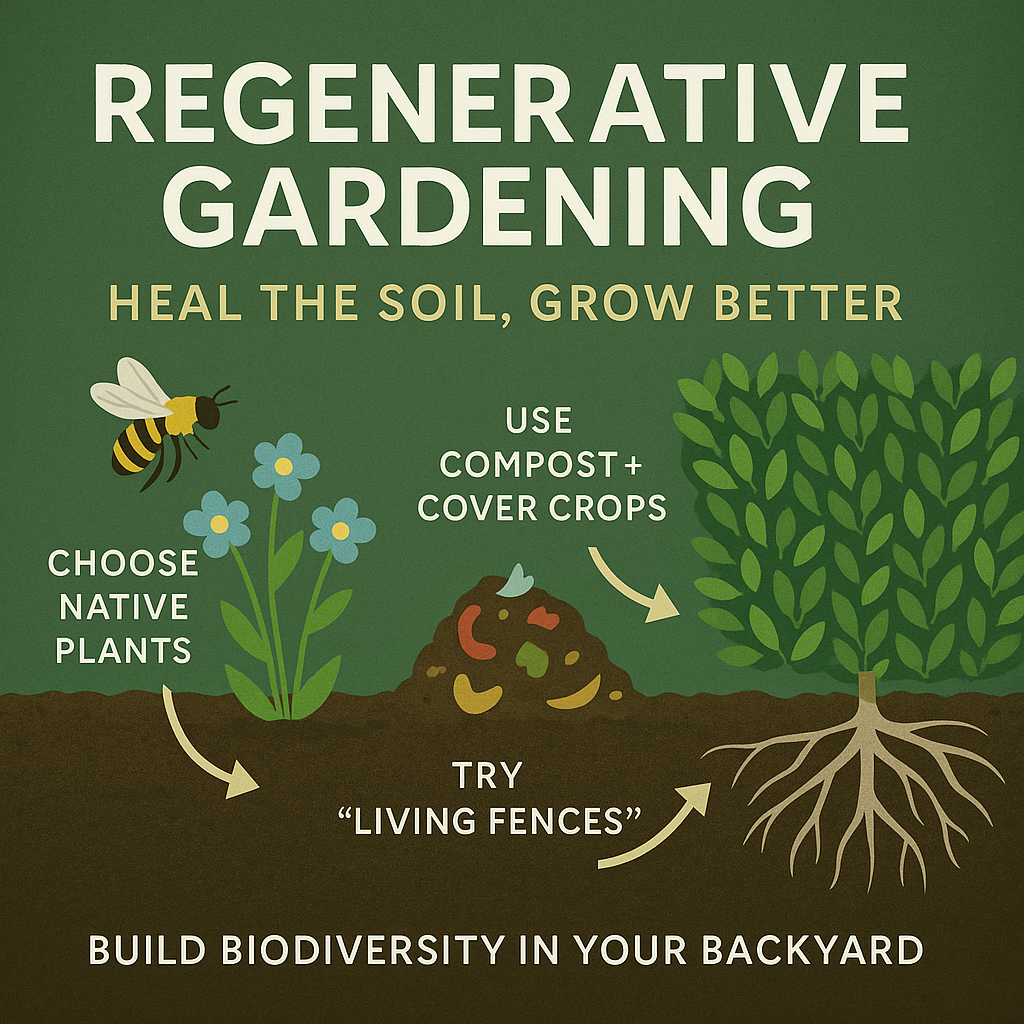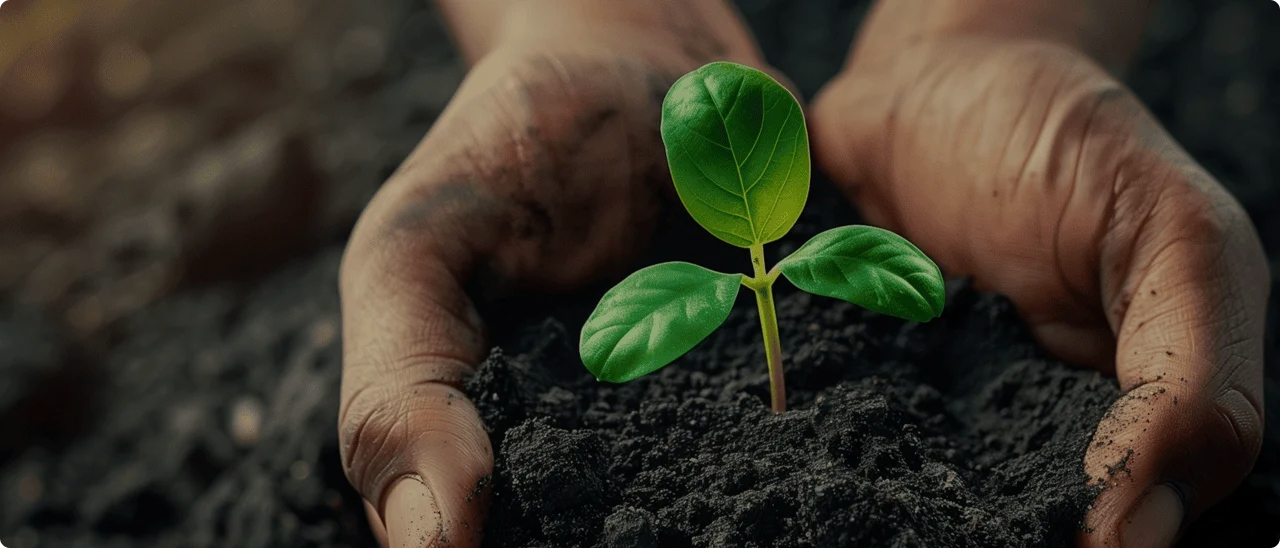Regenerative Gardening: How to Grow While Giving Back to the Earth
Regenerative gardening is more than just growing plants—it's about healing your soil, supporting biodiversity, and creating a thriving ecosystem that gets better year after year.
Whether you're a home gardener, greenhouse grower, or small-scale farmer, regenerative practices can improve your yields while restoring natural balance to your space.
What Is Regenerative Gardening?
Regenerative gardening focuses on rebuilding organic matter, enhancing soil biodiversity, and restoring the natural cycles of your growing environment.
It goes beyond sustainability—it's about leaving your garden better than you found it.
Key regenerative principles include:
- No-till or low-till practices
- Composting and natural mulching
- Cover cropping and green manures
- Supporting pollinators and beneficial insects
- Using native and diverse plant species
Why Regenerative Gardening Matters
Healthy soil = healthy plants. But it doesn’t stop there.
Regenerative gardening can:
- Increase water retention and reduce runoff
- Improve plant health and resilience
- Sequester carbon and reduce greenhouse gases
- Encourage natural pest control through biodiversity
- Eliminate the need for synthetic fertilizers and pesticides
It’s a solution that’s good for your plants, your harvest, and the planet.
How to Get Started with Regenerative Gardening
You don’t need a farm to regenerate your soil—just a willingness to shift your approach.
Start with These Simple Steps:
- Ditch the tiller: Disturbing the soil breaks up microbe and fungal networks.
- Feed your soil: Use compost, worm castings, and natural fertilizers to build living soil.
- Grow cover crops: Even a small garden bed can benefit from clover or vetch between seasons.
- Plant natives: These support local insects and pollinators better than ornamentals.
- Leave the leaves: Let organic matter decompose naturally to build carbon-rich topsoil.
- Encourage diversity: Companion planting reduces pests and supports soil health.
Products to Support Your Regenerative Garden
While regenerative gardening starts with natural principles, the right tools can help you succeed. At Monster Gardens, we offer a curated selection of organic nutrients, microbial inoculants, compost teas, cover crop seeds, and pollinator-friendly plants—everything you need to support soil health and biodiversity the natural way.
Final Thoughts
Regenerative gardening isn’t just a trend—it’s a movement. By nurturing your soil, you create a garden that gives back more than it takes.
Ready to regenerate? Your garden (and the planet) will thank you.
Want to Learn More?
Check out related articles:


